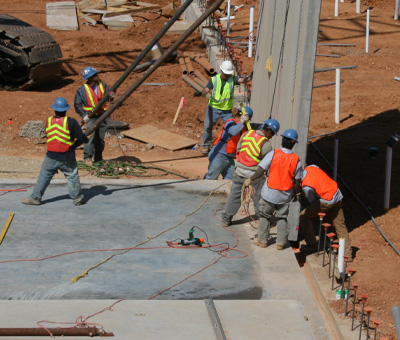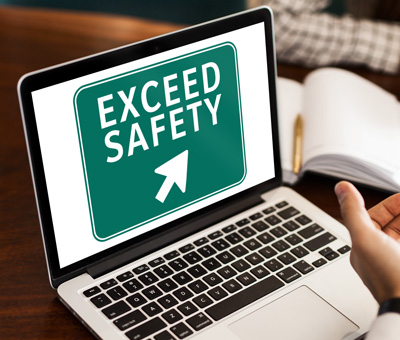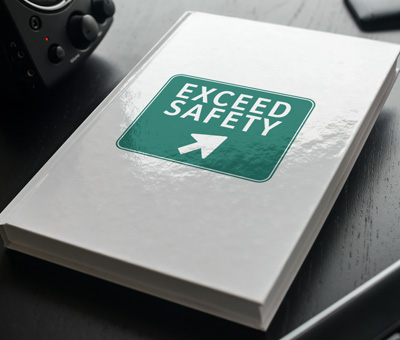Job Hazard Analysis (JHA) is a technique used to identify and evaluate potential hazards associated with tasks or job duties in the workplace. This is one of the best ways to protect your people from a safety event. In many industries (like oil and gas) this an OSHA requirement. By identifying and mitigating risks, you can prevent workplace injuries and illnesses, increase worker satisfaction, and reduce overall costs associated with workplace injuries, such as compensation costs, legal fees, and lost productivity. Although the term seems self-explanatory, there is a method for conducting a JHA, which we’ll discuss below.
Conducting a Job Hazard Analysis
The easiest way to conduct a Job Hazard Analysis is to break it down into smaller steps.
- Identify Tasks: Begin by identifying the tasks performed in the workplace. Determine which tasks require a JHA and prioritize those that pose the most significant risks.
- Breakdown the Tasks: Break down each task into smaller steps. This will allow you to identify potential hazards associated with each step and evaluate the entire process.
- Identify Hazards: Analyze each step to identify potential hazards associated with each task. Determine the likelihood and severity of these hazards and prioritize those that pose the most significant risks.
- Develop Solutions: Develop solutions to mitigate the risks associated with each hazard. Consider engineering controls, administrative controls, and personal protective equipment as potential solutions.
- Implement Controls: Implement the control measures identified in the previous step to reduce the risks associated with each hazard effectively.
- Review and Update: Regularly review and update the JHA to ensure it remains up to date and effective.
Tips and Tricks
- Involve employees! Involving your employees in the JHA process ensures they have a thorough understanding of the tasks and potential hazards associated with them.
- Review Safety Data Sheets (SDS). Review SDA for the chemicals used in the workplace to identifiy hazards associated with their use. (We have a playlist all about Safety Data Sheets you can find on YouTube!)
- Include emergency procedures. Don’t forget to include things like evacuation plans, first aid procedures, and emergency contacts.
- Conduct regular audits. Regularly audit your workplace to ensure that the JHA remains accurate and effective, and that control measures are in place and functioning correctly.
Job Hazard Analysis is a crucial process in identifying and mitigating potential hazards in the workplace. Conducting regular JHA’s is essential in ensuring the effectiveness of the processes and controls in place. By following the steps outlined above, you can ensure a safer working environment, prevent workplace injuries and illnesses, and reduce costs associated with safety events.
Need help conducting a Job Hazard Analysis? Our safety professionals would be happy to help! Contact us via our website or call 919-728-SAFE.
JULY 2024








